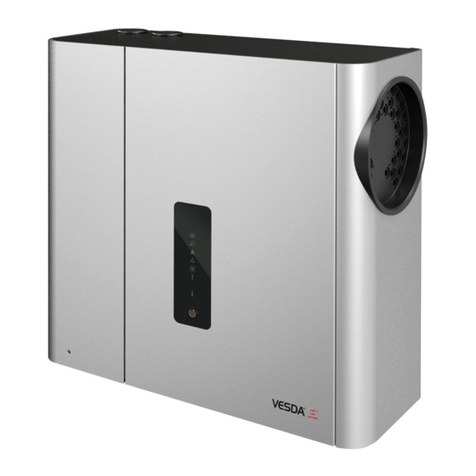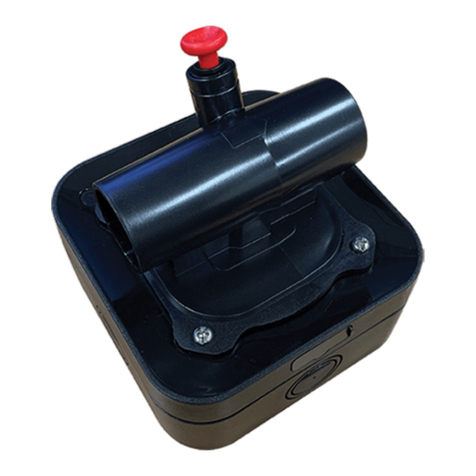
Summary of limitation of liability for Vision Fire & Security
This VESDA®Aspirating Smoke Detection System must only be installed, configured and used
strictly in accordance with the General Terms and Conditions and System Design Manual
available from Vision Fire & Security Pty Limited. You acknowledge that you have read and
agree to those terms and conditions.
You acknowledge that you have been provided with a reasonable opportunity to appraise the VESDA®
System and have made your own independent assessment of the fitness or suitability of the VESDA®
System for your purpose. You acknowledge that you have not relied on any oral or written information,
representation or advice given by or on behalf of Vision Fire & Security or its representatives.
Vision Fire & Security has no liability to you or any person for incidental or consequential loss,
expense or damages including, without limitation, loss of business, loss of profits or loss of data. You
indemnify Vision Fire & Security for any claim, amount or liability brought against Vision Fire &
Security in connection with the VESDA®System.
You expressly agree that you assume the entire risk as to the results and performance of the VESDA®
System resulting from the configuration of the VESDA®System. Vision Fire & Security does not
warrant, guarantee or make any representations, either expressly or implied, regarding the current or
future use, or the results of the use, of the VESDA®System, with respect to its correctness, accuracy,
reliability, completeness, interworking, functionality, currentness or otherwise resulting from the
configuration of the VESDA®System.
To the full extent permitted by law, Vision Fire & Security expressly excludes all conditions, warranties
and liability, whether imposed or implied by statute or by rule of law or otherwise, which are not
expressly set out in the General Terms and Conditions.
To the extent permitted by law, your sole recourse for any defect of, damage to, or performance
standard of the VESDA®System will be under the express warranties the General Terms and
Conditions (if applicable) and Vision Fire & Security will in no event be liable to pay any amount or
damages resulting from or in connection with the VESDA®System.
To the extent by law that any limitation or exclusion can not apply, the total liability of Vision Fire &
Security in relation to the VESDA®System is limited to:
(a) in the case of services, the cost of having the services supplied again; or
(b) in the case of goods, the lowest cost of replacing the goods, acquiring equivalent goods or
having the goods repaired.
To the extent permitted by law, Vision Fire & Security has no liability with respect to damage to or
arising out of, or the condition or performance of, the VESDA®System resulting from negligence or
improper use, storage, installation, configuration or handling of the VESDA®System (where 'improper'
includes treatment other than in accordance with the VESDA Manual, these terms and conditions or
the in formation provided at a training session); or accident, unforeseeable circumstances or disaster;
or modifications to the VESDA®System other than in accordance with Vision Fire & Security'
instructions; or attachment of or interoperation with features, software or products not approved by
Vision Fire & Security in writing; or where the VESDA®System has been serviced by persons not
authorized by Vision Fire & Security in writing to service the VESDA®System.
Publication history
Release 3.4 - April 2004
M0140_12






























